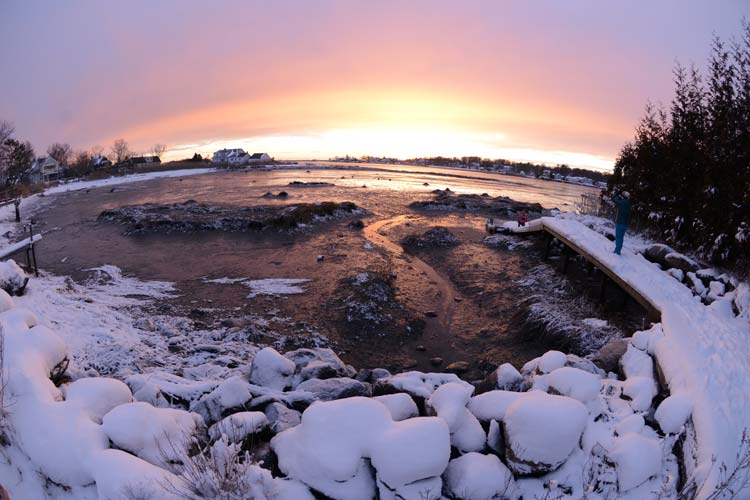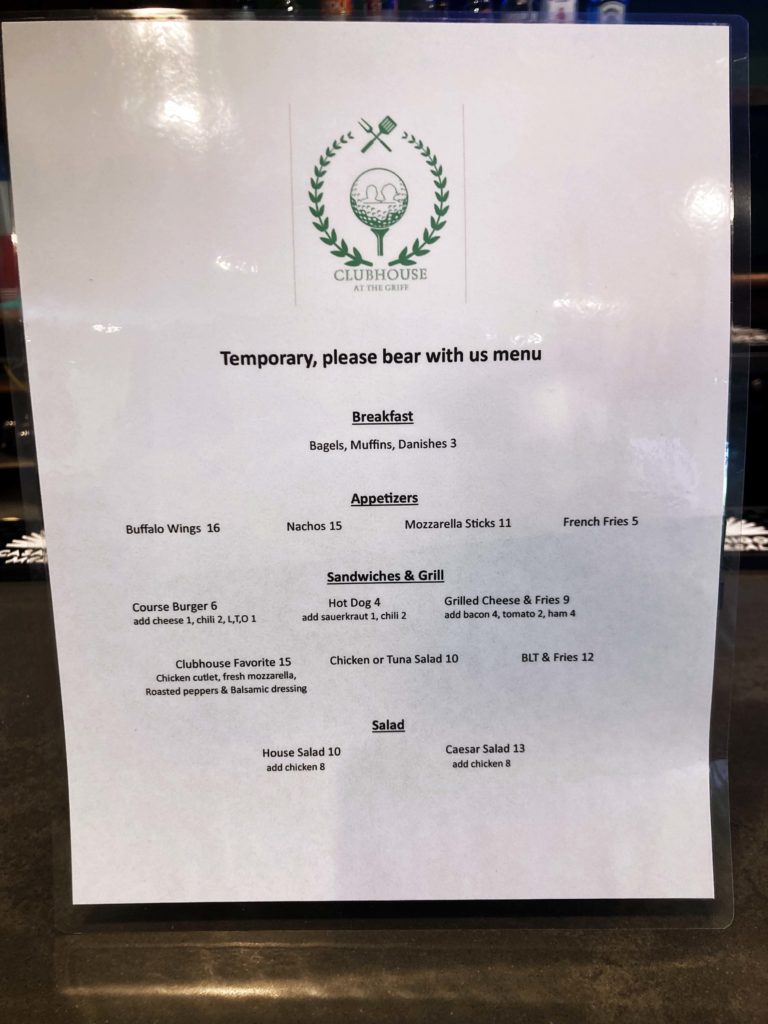
You work hard, you make a lot of money, you buy a big old place in Greenwich, Connecticut, to call home. The land is lovely, four acres of lawn and meadow, but the house… oof, it’s ancient. You can see the knife marks they used to hew those beams. You can see nicks and gouges in the wide-plank floors. And the fireplace—it reminds you of a field trip you took to Old Sturbridge Village in the sixth grade. All it needs is a maiden in a hoop skirt stirring a pot of gruel.
You don’t want to live in any history book. And you don’t have to. It’s your house now, and, if you like, you can tear the whole thing down and build something bigger and fresher. But should you?
Too often in Greenwich the houses we demolish are historic gems whose loss seems a kind of communal death. American house expert Henry Lionel Williams once wrote, “Who can say that a house that has been lived in for two hundred years is not at least partly human?” Perhaps that’s why it’s so depressing to see a giant yellow claw erasing in a day what had stood majestically for centuries.
This last happened in 2015, when we lost the John Knapp House on Round Hill Road, a stately Colonial whose core was built in 1760. But houses don’t have to be quite that old for their deaths to sting. Last year, among other structures, we lost the exquisite Benjamin Reynolds House, built in 1840, on Clapboard Ridge Road (which the prior owners had painstakingly renovated) and two Belle Haven beauties from that neighborhood’s classic turn-of-the-century period.
All four houses mentioned above were “plaqued,” or given landmark status, by the Greenwich Historical Society. (The historical society started its landmark registry in 1987, having grown concerned that a new appetite for grandness spelled doom for merely gorgeous 18th and 19th century structures.) Placquing doesn’t mean anything legally; but it does mean the house has been judged architecturally significant and that genuine consideration should be given to preserving it.
For the good of the town, we wish people wouldn’t buy lovely historic houses if they’re just going to scrape them away. Revise them, update them, but don’t take them down. There are plenty of other properties available for that. Not too many people will miss houses of no special distinction.
People who restore historic houses are amply rewarded: there’s magic in them. The richness and sturdiness of the materials, the artistry of the detail, the mysterious harmony of layout and proportion that so often attends old houses—all of this adds up to a charm, an authority, a uniqueness, that can’t be reproduced in even a good new house.
Whole neighborhoods of well-preserved old houses create an aura that satisfies us in our bones. Alas, we don’t have them. Nothing, at any rate, comparable to Fairfield’s three large and beautiful concentrations of historic houses. We do have tiny historic stretches here and there—Strickland Road, the Stanwich section of Taconic Road, the corner of Round Hill Road and John Street. (These and four individual houses in town are protected by state statute—but that’s it.)
And we do have a scattering of houses from our Colonial period and several more from the 19th century. But our historic structures are vanishing far too quickly for comfort. Nils Kerschus, a consultant for the Greenwich Historical Society, has the grim task of photographing historic houses (defined as pre-World War Two) before they’re demolished—and this he does two or three or four times every month.
Fortunately, our town has vigilant parties looking out for history; these include the Historic District Commission, the Greenwich Historical Society, and the society’s Greenwich Preservation Network, created in 2015 with the goal of instilling in our residents the cultural value of architecturally significant houses.
These committed groups know that we don’t lose our history all at once. We lose it one house at a time.




